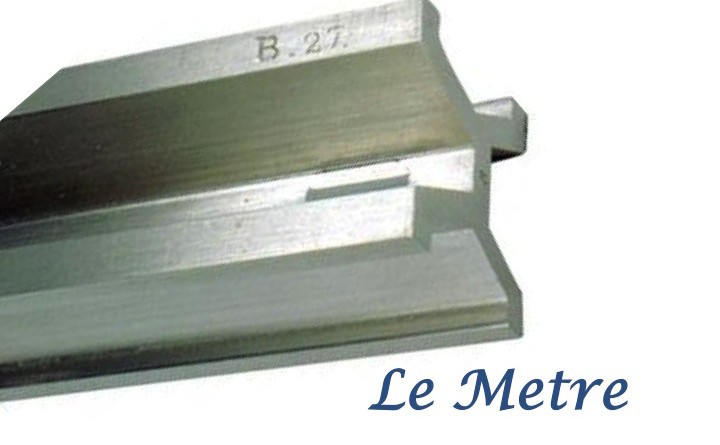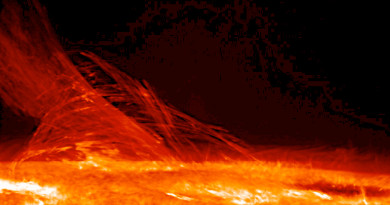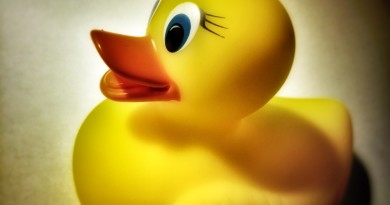The Extremely Dangerous History of the Meter
The history of the meter has all the makings of a TV drama with pompous characters, adventure, executions, and even a revolution. It’s hard to imagine how the meter fits into all this excitement and yet Ken Alder masterfully traces the origin of a basic unit of measure through a very tumultuous period of time.
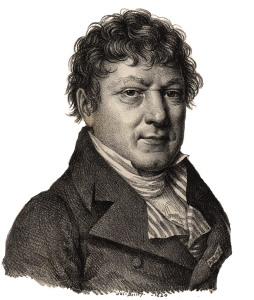
Imagine living in a town where you used miles, feet, and inches, yet the next town over used kilometers, meters, and centimeters, while another nearby town used another unit of measure altogether. Now imagine living in France before the French Revolution where people had to work with a different unit of measure for every county, town, and municipality. Most of us don’t realize how important it is to have a common unit of measure.
As an analogy, we deal with different currencies between countries, but imagine having different currencies for every town. Using common units of measure (both in distance and weights and volume) are essential for commerce and trade.
There was a period, however, when the people of France had to put up with 200,000 different units of distance, weight and volume. And no, that is not a typo.
This problem still exists today. In Honduras, for example, most of the country uses the metric system, however there are people in the countryside that use the Spanish word “leguas” for distance and “reales” for currency, terminology that dates back to the colonial times of Columbus.
It was Napoleon, in fact, that commissioned the French Academy of Sciences to come up with a common measure and soon a group of astronomers and mathematicians set out to define the “meter”.
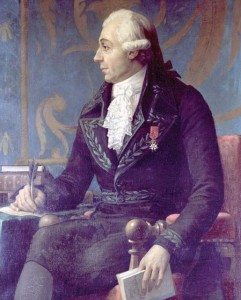
This was no easy task, though. They debated for months on whether distance should be based on the length of the king’s foot or on the swing of a pendulum among other propositions. In the end, they decided to base it on a length in nature that would not change over time (like the length of the king’s foot). This standard length would be one ten millionth of the distance from the North Pole to the Equator and required a geodetic survey of the highest precision that spanned the length of France. Jean Baptiste Delambre and Pierre Méchain were charged with leading two survey parties to map the length of France with unprecedented accuracy.
The survey had its own challenges as it took place at the height of the French Revolution. Ken Alder’s book “The Measure of All Things: The Seven-Year Odyssey and Hidden Error That Transformed the World“ portrays the life and death challenges that faced this group of dedicated surveyors during a very perilous time. Arrests, exiles, suspicious villagers, and the destruction of survey points all featured in their dangerous mission.
This is a fascinating story for anyone who wants to appreciate the enormity of our metric system and how critical it is to any field of science and every day life.

